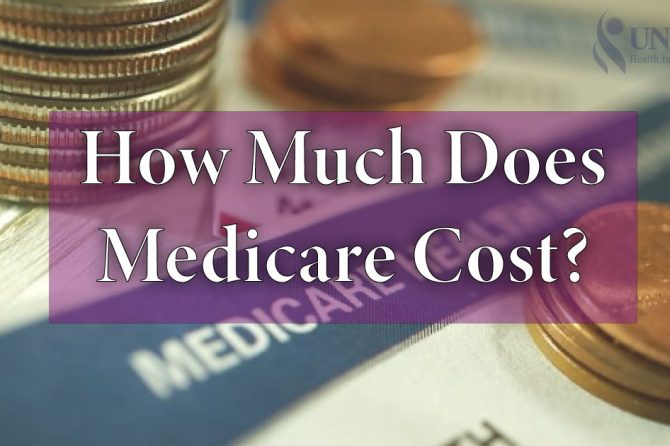
How much Does Medicare cost?
Month-to-Month premiums, other out-of-pocket charges can add up
You may think that while you enroll in Medicare, the federal government medical insurance application can pay for everything related to your health care. It doesn’t. Tallying how a good deal you pay out of pocket for Medicare every 12 months can cause serious sticker shock.
When you add up all of the rates, deductibles, copays and coinsurance, the common Medicare enrollee can count on to spend thousands of dollars a year to get medical care. And the tab can swing wildly every year, relying on the nation of a beneficiary’s health, in which he or she lives, and whether the authorities and insurers have instituted any price will increase — or decreases. Individual plans can also tinker with the services and drugs they cover.
Medicare’s charge tag, deciphered
Medicare covers the majority of your health care prices every 12 months. but you still may also need to pay thousands of dollars in out-of-pocket charges:
2022 Premiums
Part A: No price for the general public of beneficiaries*
Part B: $170.10 monthly for 2022 (automatically deducted from Social Security benefit bills). Individuals with an annual income of greater than $91,000 pay a higher top rate.
Part C (Medicare advantage): $170.10 month-to-month for the part B premium for 2022, plus any extra premium set by the insurer.
Part D prescription drug plan: premium varies by plan, averages $31.47 monthly for 2022.
Medigap: amount varies through plan and extent of insurance.
*A small wide variety of beneficiaries (who didn’t pay sufficient Medicare taxes all through their operating years) need to pay a $499 month-to-month premium.
Need help affording Medicare?
Medicare’s out-of-pocket expenses — premiums, deductibles, copays and coinsurance — can without difficulty result in a large tab every 12 months. if you’re suffering to fulfill those costs, you might be eligible for federal and country assistance.
If you qualify for Medicaid, the federal-state health insurance program for people with low earning and individuals with disabilities, it will pay some or all your out-of-pocket costs. Individuals on both Medicare and Medicaid are referred to as “dual eligible.”
Other packages are designed for beneficiaries with incomes which might be too excessive to qualify for Medicaid however who still have hassle paying their fitness care payments. Every application has specific profits and asset limits and eligibility necessities that are adjusted annually.
- The certified Medicare Beneficiary (QMB) program allows pay for part A and part B charges in addition to deductibles, coinsurance and copays. If you qualify for this application, you automatically qualify for the more help prescription drug program to help you with the out-of-pocket costs of your medicines. This program has the lowest income threshold of the 4.
- The required Low-earnings Medicare Beneficiary (SLMB) program helps pay only for part B charges, no longer the part A top rate or other fee sharing. in case your earnings are simply too high to qualify for the QMB software, you might qualify for this one. You furthermore may routinely qualify for additional assist for prescribed drugs. The more assist application is designed to help humans with constrained resources pay for component D prescription drug plan premiums, deductibles, and copays. you could follow through the social protection administration.
- The Qualifying individual (QI) program only helps pay for part B rates, not the part A premium or other cost sharing. In case your earnings is just too high for QMB and SLMB, you might qualify for QI. To get help from this program, you must reapply for benefits every yr. Funding is limited, so those advantages are first come, first served. priority is given to people who acquired help via this application the previous 12 months.
- The qualified Disabled and operating people (QDWI) application only helps pay for part A charges. This program is designed for individuals with disabilities, under sixty-five, who are currently operating.
